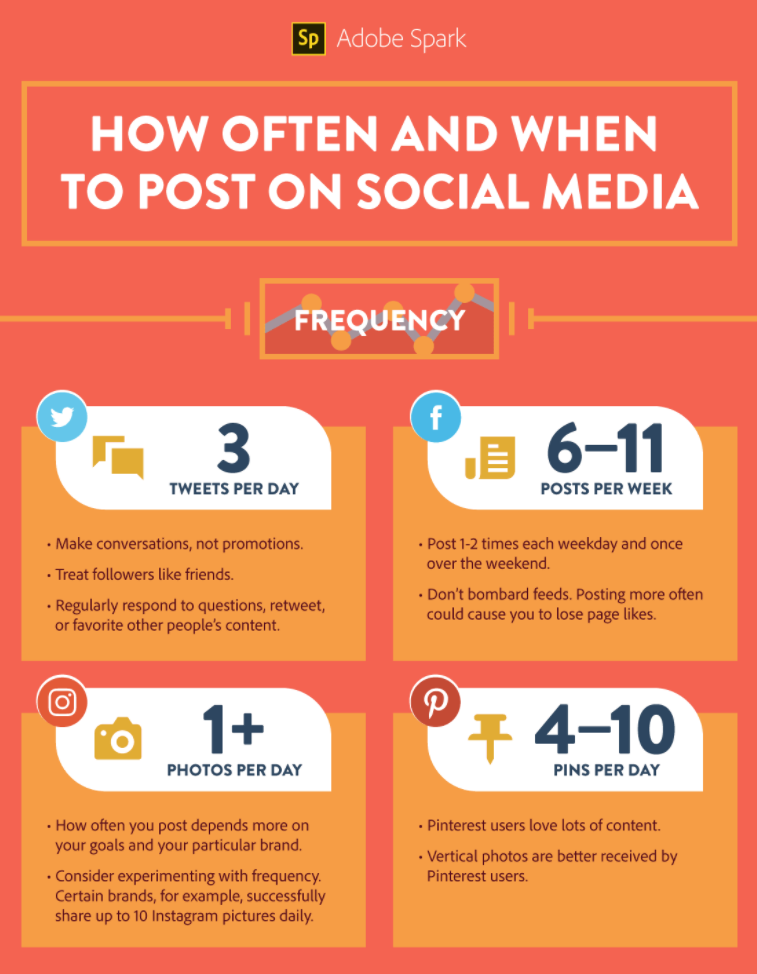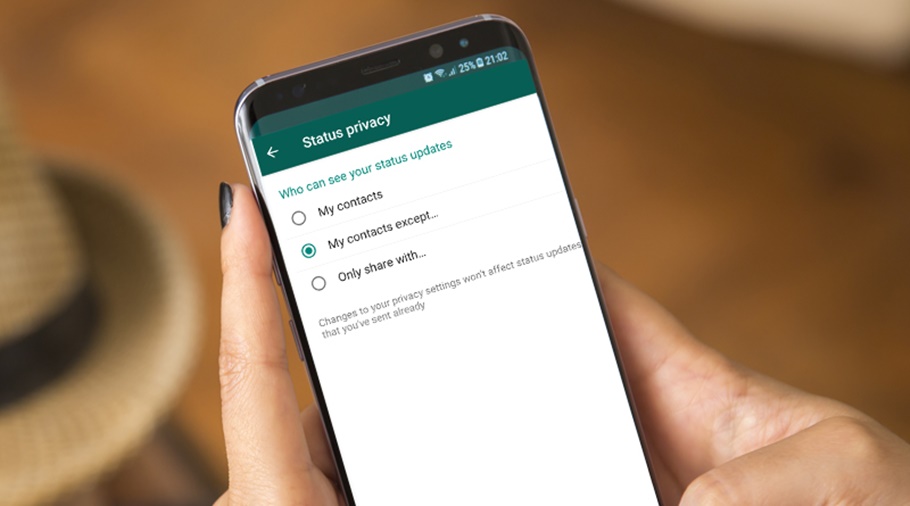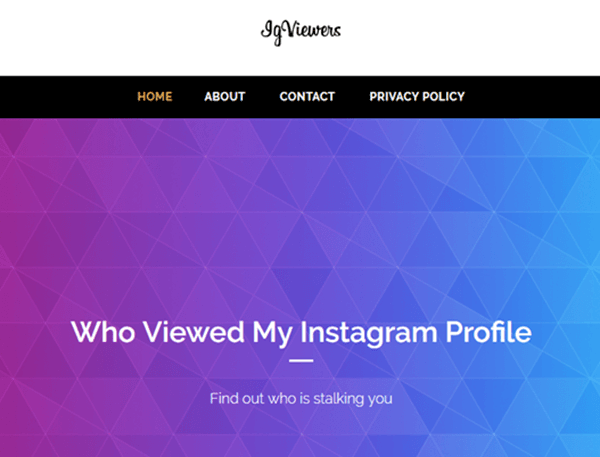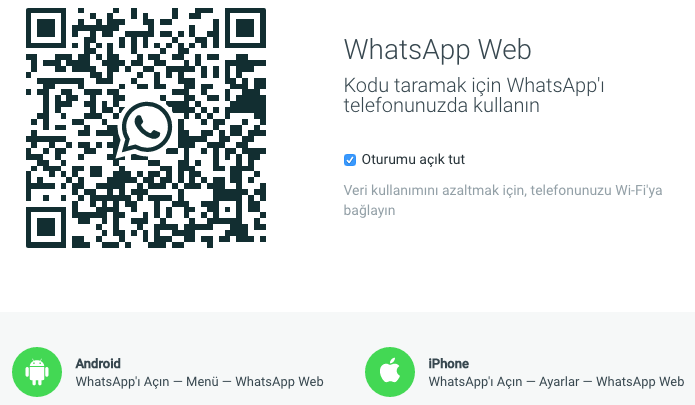How often can you post on instagram
The Latest Instagram Limits Per Hour & Day (2022)
Alexandra | Dec 18, 2021
Wondering what Instagram Limits are in 2022 for likes, comments, following, hashtags, highlights, and EVERYTHING else?
Per hour and per day?
Let’s get straight into it.
- Instagram limits for established accounts
- Instagram “Likes” limits
- Instagram “Comments” limits
- Timing limit
- Follow limit
- Maximum following limit
- Unfollowing limit
- Combined actions limit
- Direct Message limit
- Instagram post limit
- Tagging people limit
- Hashtag limit
- Deleting post limits
- Instagram limits for new accounts
- Instagram Story limits
- Instagram Story Highlights limits
- Instagram account profile limits
- Why does Instagram have those limits?
- What happens if you exceed Instagram’s daily limits?
- How to avoid getting blocked or banned?
Instagram limits for established accounts
Have you had your Instagram account for months or years?
If so, here are restrictions to know:
Instagram “Likes” limits
How many “Likes” can you do?
- 120 per hour, or
- 300-500 per day
Timing limit
Are you liking or commenting on other people’s posts too fast?
- Wait 20 – 30 seconds between each “like” or “comment”.
- If you go too fast, Instagram might think you are a bot and block you.
Follow limit
How many accounts can you follow per hour or day?
- About 10 follows per hour
- 100-150 per day
Maximum following limit
You can follow a maximum of 7500 accounts.
Unfollowing limit
Want to unfollow some accounts?
Don’t do it all at once.
- Unfollow 60 per hour
- Unfollow about 150 per day
- If you unfollow more than 150 per day, your account could get temporarily banned.
Combined actions limit
“Combined actions” is the combination of likes, comments, follows, unfollows and messages.
Overall, Instagram puts a limit on the total number of actions you can do in one day.
It is around:
- 500 per day
Direct Message limit
How often can you message? How many Direct Messages (DMs) can you do?
- 50-70 per day
Here are tips to not get blocked because of DMs:
- Don’t send the exact same text to multiple people
- Create different text versions of the same message
- Send personalized messages
- If you receive a lot of DMs, try to reply to them in batches (some in the morning, mid-day and afternoon for example, so you don’t get action-blocked)
Instagram post limit
How many posts can you post on Instagram in one day?
Instagram hasn’t revealed a limit.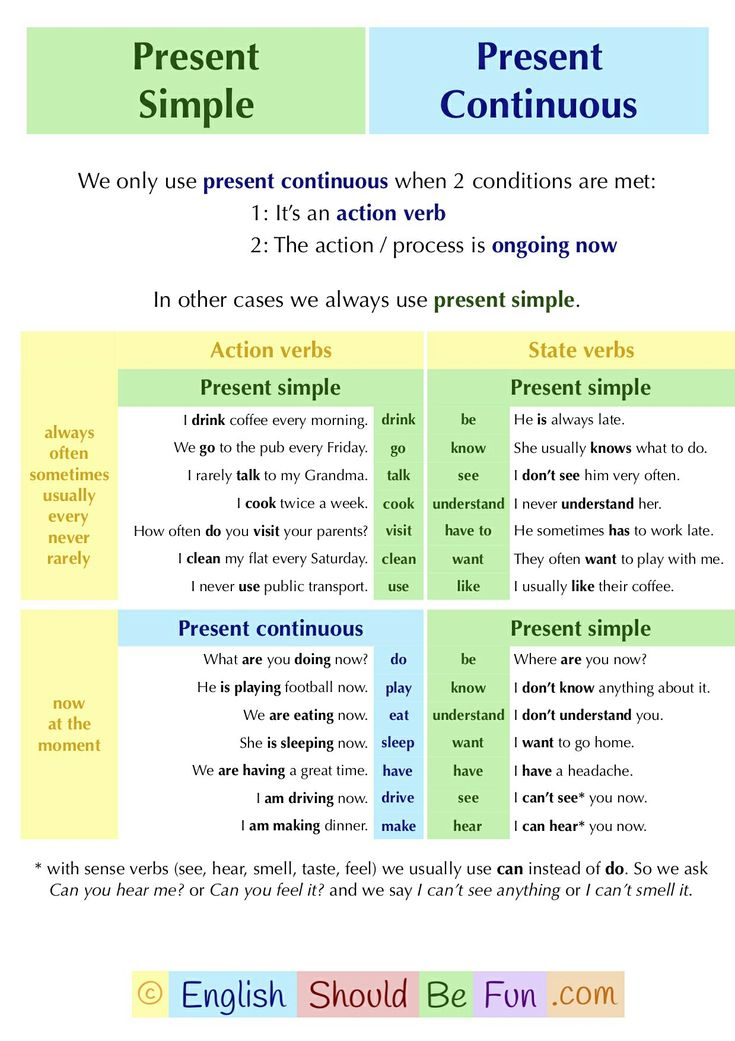
You can post as many times as you want during the day.
However:
We recommend you leave time between each post (a few minutes, or even hours).
If you post too many posts all at once, the Instagram Algorithm might think you’re a spam account and could block your account temporarily.
If you choose to auto-post to Instagram, make sure you schedule your posts at least 5 minutes apart.
Here is how I schedule posts with Preview App:
The less you look like a spam account, the better.
Tagging people limit
How many people can you tag on your post?
- For a single post: 20 people per post
- For a carousel post: 35 people per post
Hashtag limit
How many hashtags can you use on Instagram?
- 30 hashtags per post
Click here to see the new Instagram hashtag trends.
Deleting post limits
Want to delete posts from your feed?
At the moment there is no limit on how many posts you can delete in one go.
Instagram limits for new accounts
Did you just create a brand new Instagram account?
Instagram wants to make sure new accounts are not spam or bots.
So you will have some limits.
I know it can be annoying. But I’m sure you don’t want fake followers or fake accounts liking or commenting on your posts.
So these Rules are important to keep fake accounts away from Instagram.
If you have a new account:
Take it easy.
- Timing: Wait 30-50 seconds between any actions.
- Timing between posts: To be safe, post no more than 5 times a day. I recommend waiting 10-15 minutes between each post (or a few hours). If you want to be extra safe, post only once a day.
- Combined actions in total: 500 actions a day. This includes the following, likes and unfollows.
- Direct Message limits: 20-50 DMs per day.
After 4 weeks, you can go faster and send more DMs.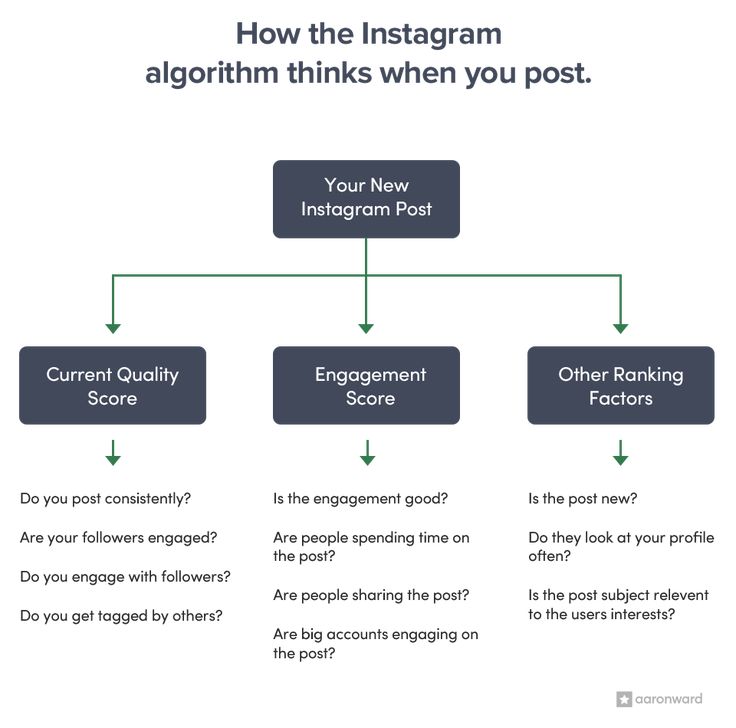
Instagram Story limits
Now let’s talk about Instagram Stories.
- Number of Instagram Stories: 100 per day
- Instagram Story length: 15 seconds per clip (Instagram will automatically split your long video into 15 second-clips)
- Instagram Story dimensions: 1080 by 1920px
Instagram Story Highlights limits
Highlights are the circle under your Instagram bio.
- Highlight title: 12 characters
- How many Highlights you can create: Unlimited
- Number of Stories per Highlight: 100
Instagram account profile limits
Here are other useful Instagram limits and rules:
- Display name: 30 characters
- Instagram bio: 150 characters
- Square post dimension: 1080 by 1080px
- Portrait post dimension: 1080 by 1350px
- Landscape post dimension: 1080 by 608px
- Feed video length limit: 1 hour
- Reels video length limit: 1 minute
- Captions: 2200 characters
- Instagram accounts limit: 5 logged in account
Why does Instagram have those limits?
To limit spam and fake accounts.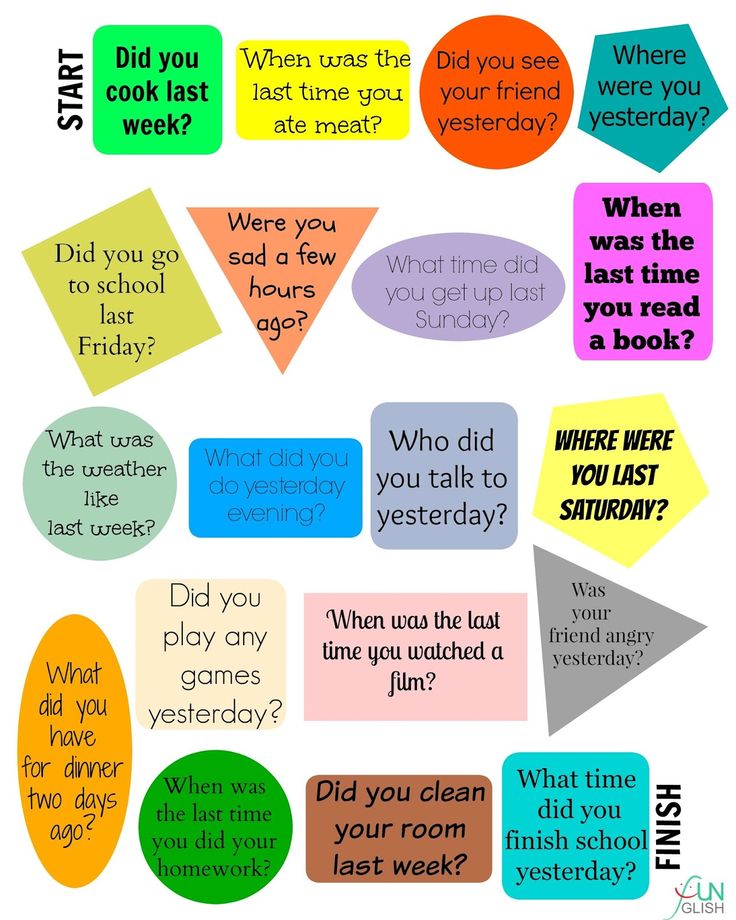
Spam and fake accounts usually like, comment and message a lot, fast.
They act like “bots” (robots).
Instagram wants real people using the app.
What happens if you exceed Instagram’s daily limits?
2 things can happen:
- Action block: You can see a pop-up message that says “Try again later”
- Account deletion: Your account could get deleted / banned temporarily or indefinitely.
How to avoid getting blocked or banned?
Super simple: Don’t act like a bot.
Here are 4 things you can do:
1. Go slower
Don’t do too many actions too fast.
For example, don’t like or comment too fast. Otherwise you will look like a bot.
2. Space out your Instagram tasks
I know a lot of you have your own business and might not want to spend a lot of time on Instagram.
If you can, try to divide your Instagram time into tasks and set your own Instagram limits.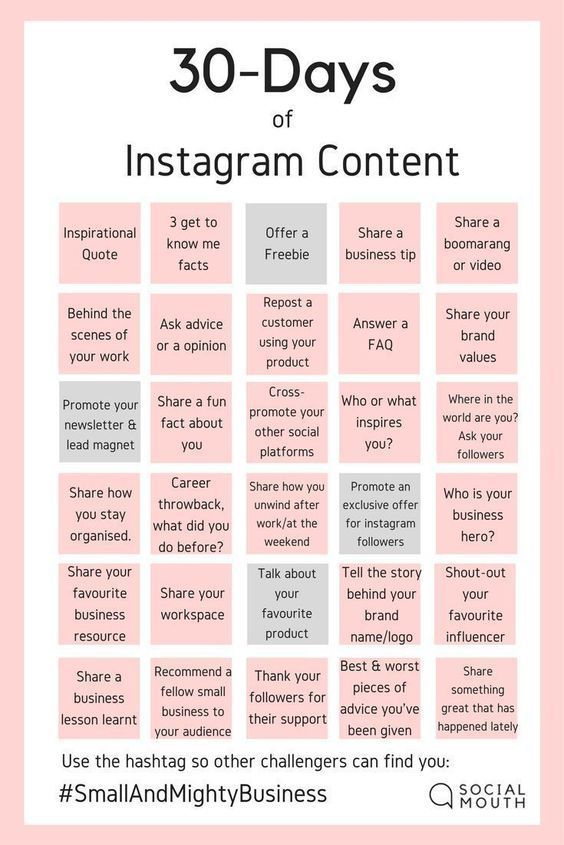
For example:
- Morning: Reply to DMs (15 minutes)
- Afternoon: Like and comment on other people’s accounts (15 minutes)
This will ensure you don’t go over the limits.
3. Use your account regularly
If you have a brand new account, try to use your account regularly.
This will show to Instagram that you act like a human, not a bot doing a LOT of actions, all at once.
4. Do not use third party apps or websites that are NOT approved by Instagram
Many apps and websites out there are NOT approved by Instagram, and do NOT follow Instagram’s Rules and Policies.
You might have logged into them, which means that they could have access to your Instagram password.
This means they could be liking, commenting, following and unfollowing with your account, without you knowing.
Which puts your account in danger of being blocked.
What to do?
If you suspect you used an unapproved app or website in the past, change your Instagram password right now.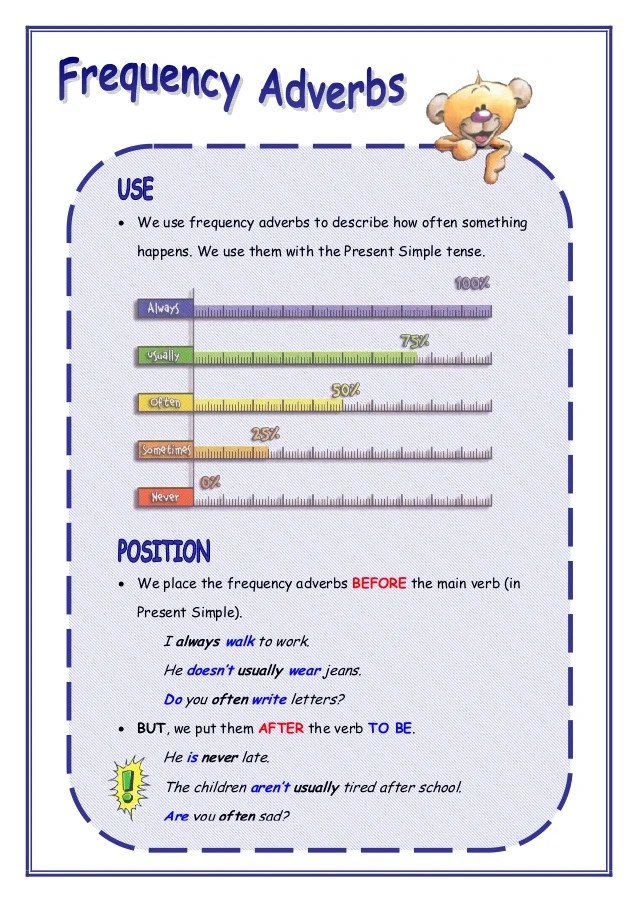
Tip:
Preview App has been officially reviewed and approved by Instagram. Preview follows all Instagram’s Rules and Policies to keep your account safe.
That’s it!
To sum it up:
Don’t act like a bot.
Act like a human (and go slow).
Use approved third-party apps.
Click here to use it
How Often Should You Post on Instagram in 2022?
How often should you post to Instagram each week? Should you post on Instagram every single day?
If you work in social media, you’ve probably asked yourself these exact questions at one point or another.
To discover the answer, Later analyzed over 81 million feed posts (excluding Reels and IGTVs). Here’s what we found:
How Often Should You Post on Instagram Each Week?Based on our analysis, the more you post on Instagram per week, the greater your overall reach will be. Similarly, posting more typically equals more likes and comments in total.
However, the rate of reach and engagement per individual post varies as more posts are shared — and this changes even more depending on how many followers an account has.
For accounts with under 1K followers: posting 14 times per week delivers the highest reach and engagement rates per post.
For accounts with 1K-250K followers*: posting 14 or 20 times per week delivers the highest reach rate per post, while posting once per week delivers the highest engagement rate per post.
For accounts with 250K+ followers: posting only once per week delivers the highest reach rate and engagement rates per post.
*NOTE: When we analyzed the results in smaller ranges (e.g. 1K-10K followers, 10K-20K followers, 20K-30K followers, etc.), the findings were the same — hence why the 1K-250K range is grouped together.
Reach rate is a valuable indicator for brand exposure, while engagement rate can indicate how well your content is resonating with your community.
In an ideal world, you want your reach and engagement rates to be as high as possible for every post you share, while still posting frequently enough to make an impact.
How Follower Count and Posting Frequency Impacts Feed Post PerformanceWhen we look at the data as a whole, reach and engagement rates per post are optimal when 14 posts are shared per week (or twice per day, on average).
However, when we segment the data by follower count, some seriously interesting trends arise.
For accounts with less than 1K followers, the more feed posts you can share on Instagram per week, the better.
Both reach and engagement rates per post improve as posting frequency increases per week, with the average engagement rate climbing from 3.1% at one post per week, to 4.9% at 20 posts per week.
To put this into perspective, if an account has 500 followers, the number of engagements will grow from 15 (at one post per week) to 500 (at 20 posts per week). That’s quite a significant increase.
That’s quite a significant increase.
This is likely because these micro accounts don’t have a large community of followers as their primary source of engagement — they’re relying on new audiences to comment and like their posts via hashtags — and reach rate grows with each additional post shared.
For accounts with between 1K-250K followers, reach rate per post still improves as more feed posts are shared, but engagement rates see a significant decline.
This could be due to audience fatigue, a drop in content quality as volume increases, or the fact that the Instagram algorithm typically only promotes your most recent post to your followers.
For accounts with over 250K followers, both reach and engagement rates per post decline significantly as more feed posts are shared per week.
This decline in reach rate could be due to the fact that these mega accounts are less likely to rely on hashtags as their primary source of reach.
Instead, they rely on their existing community to engage with their content and drive virality — and for this group, posting more per week results in a major drop in engagement rate per post.
It could also be that accounts of this size are more focused on using Instagram Stories to engage with their community. Stories are informal and engaging, making them perfect for daily interactions and relationship-building. Learn more about how to build a strong community on Instagram here.
ICYMI: With Later, you can plan and schedule a full week’s worth of Instagram posts in less than twenty minutes, so you can increase your posting volume without losing time from your busy schedule.
How Often Should You Post on Instagram A Week to Grow Your Followers?
Based on Later’s analysis of over 917K unique accounts, users that post more times per week typically have more followers.
As you can see, there’s a clear correlation between posting frequency and the average number of followers an account has.
However, it’s worth noting though that this could be due to the type of accounts that are posting more frequently.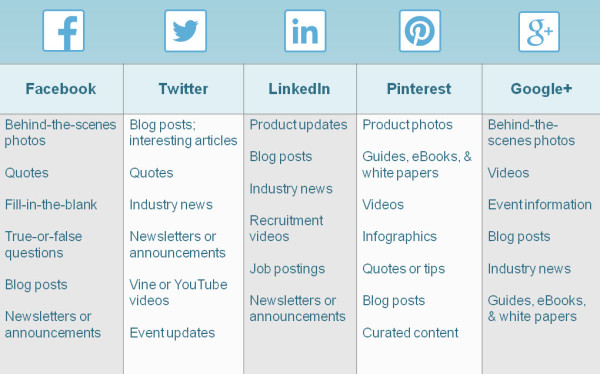
For example, a professional influencer or well-known brand is likely to post more per week than an everyday user — it’s much more likely to be a full-time profession, rather than a part-time side hustle.
So, How Often Should I Post on Instagram?So, what does it all mean? Should you be posting on Instagram every day to grow your following? The answer is that it all depends on your goals.
If your goal is to reach new audiences, posting more frequently on Instagram, paired with an effective hashtag strategy, is always a good idea — especially if you have under 250K followers.
According to our analysis, for the best reach rate per post, you should post:
14 times per week if you have under 1K followers
14 or 20 times per week if you have 1K-250K followers
1 times per week if you have over 250K followers
If your goal is to increase your engagement rate, you should post:
But try not to get too caught up on the numbers — protecting your mental health and creating quality content that drives real value for your audience should always usurp quantity.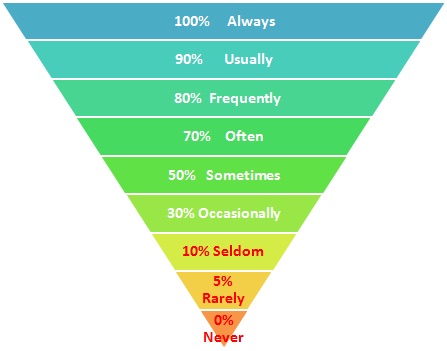
And remember: there is no one-size-fits-all approach for posting frequency on Instagram. Instead, use this data as a starting point to gather insights and experiment with your own account to find what rings true.
With Later’s free social media management platform, you can plan, prep, and schedule your Instagram posts from one easy-to-use dashboard, so you can create a best-in-class content strategy that supports your goals.
Plus, you can visually plan how your posts will look in your Instagram feed before they go live — so your profile looks on point and tells a cohesive story. It’s one of the best ways to convert profile visitors into followers!
Plan and preview your Instagram feed in advance with Later for free! Sign up and start creating an awesome Instagram account today:
Editor's Note: Study based on analysis of 81M Instagram feed posts published via Later between 2019-2021, from 917K unique users. Excludes Reels and IGTV posts. Data by Annie Yao.
Data by Annie Yao.
How often to post on Instagram
How much to post on Instagram* to be successful? The question may have been relevant a few years ago, before the advent of smart tape, but now quantity does not play such a role as quality. Of course, posts should be published several times a week so that you are not forgotten. But do you need more? We talked to several SMMs to find out how much they post per day and why.
How many posts can be posted per day
The number of posts, from a technical point of view, is not limited - you can post as many as you want. But there are certain limits, after which Instagram* can limit the actions on the account. In the past, the official developer blog published limits annually, but this practice ended a few years ago. According to the latest approximate data, the following figures are obtained:
- Posts - from 3 posts per day for new accounts and up to 10-25 for old ones. A new account is considered to be less than 2-4 weeks old, and an account aged from six months to a year is considered old.
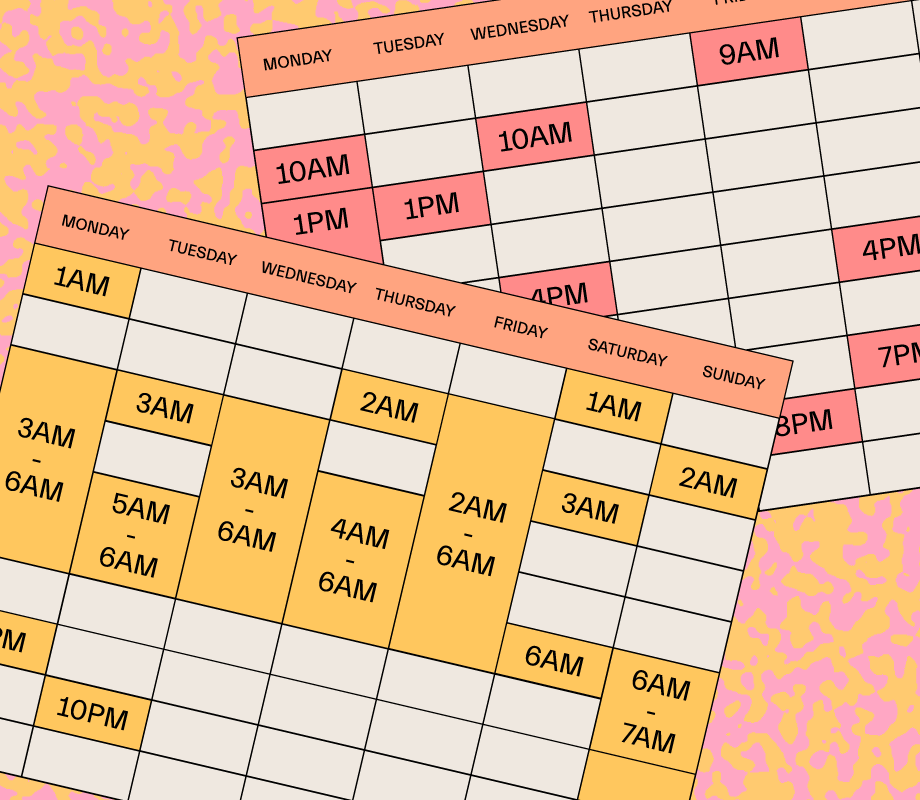
- Stories - you can publish up to 100 stories per day or up to 5 stories per minute.
As you can see, the limits are reasonable - if you do not spam content, it will be difficult to step over these limits and get a temporary block on actions. But if you miraculously exceed this limit, then before posting or any action, you will receive a notification in the application “Action unavailable”. Don't worry - the restriction will last a maximum of a day. The reason is that Instagram* algorithms found your behavior suspicious.
Scheduled posts will help to consistently publish content in all social networksBy the way, if you use our SMMplanner auto-posting service, there will be no problems - we work through the official social network API. You can post up to 25 posts per day with geolocation and hashtags. To do this, you will need to connect a business account, read more about it in the article “Guide to a business profile on Instagram*”.
How often to post on Instagram*
Knowing that we can post a lot of content, it remains to properly distribute it.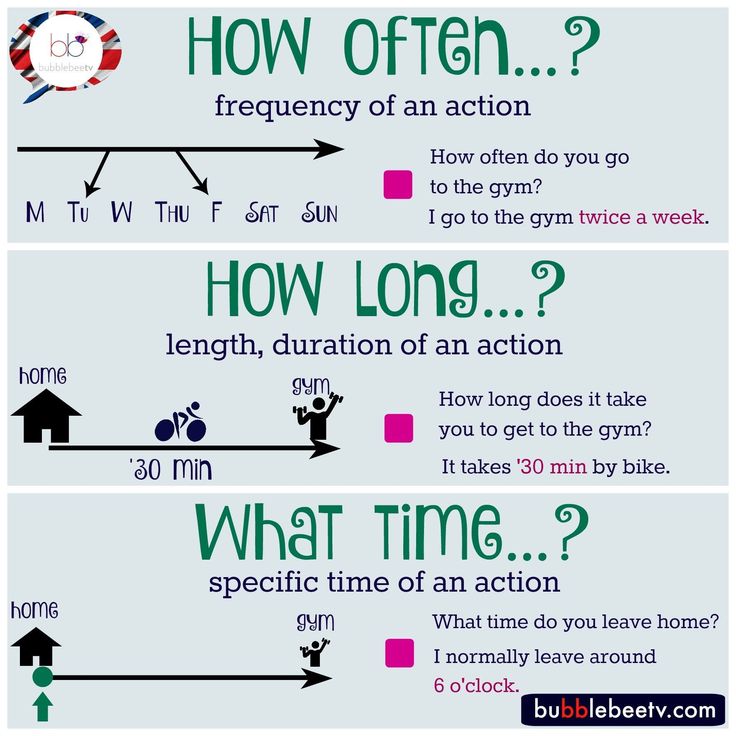 Someone recommends posting one post a day, someone recommends doing it much more often. It all depends on the specifics of the account, which we have already discussed in the article “Content Publishing Rules: When and How Much”.
Someone recommends posting one post a day, someone recommends doing it much more often. It all depends on the specifics of the account, which we have already discussed in the article “Content Publishing Rules: When and How Much”.
With the frequency of posting, on the one hand, it is important not to overdo it so as not to overwhelm subscribers with content, and on the other hand, to keep in touch and not get lost, which can happen if posts appear rarely.
Finding this balance is not an easy task and often comes from practice that is impossible without analysis. The number of posts per day depends on:
- industry and scope of the account;
- account audience and preferences;
- opportunities to post unique content.
We sat down with three SMM professionals who manage accounts in different areas to find out how they approach the number of published posts and stories.
For a blogger
A personal blog on Instagram* is a great opportunity for an expert or specialist to tell about themselves and find clients. Since people often follow a live person, they expect to see this person in posts and stories. Therefore, personal blogs often place a special emphasis on stories, and posts are rarely published, but always on an important occasion.
Since people often follow a live person, they expect to see this person in posts and stories. Therefore, personal blogs often place a special emphasis on stories, and posts are rarely published, but always on an important occasion.
“I publish posts every few days on the principle: “the main thing is not the quantity, but the quality.” However, I make stories every day, visual content is still perceived by people better. Everyone has a different approach to the number of stories, I publish no more than 10 per day - I respect my time and the time of my subscribers.
A blogger can often publish stories and talk about his life - that's why people subscribe to him ", - Liza Shamarina, interior designer and art critic .As a result: 1 post every few days, up to 10 stories per day.
To the store
Often a post for a store is like a showcase that shows the quantity of goods. The more of this product, the more posts come out. But in general, the number of posts and stories for an Instagram store* is often determined in a practical way. To do this, you need to try different posting frequencies and see how it affects the audience activity statistics. After all, someone's buyers can be active, happy to leave comments and play games. And someone - in the mood to shop, they will save posts with goods and share them in direct.
But in general, the number of posts and stories for an Instagram store* is often determined in a practical way. To do this, you need to try different posting frequencies and see how it affects the audience activity statistics. After all, someone's buyers can be active, happy to leave comments and play games. And someone - in the mood to shop, they will save posts with goods and share them in direct.
“I have two accounts. The first is a small designer clothing store, and the second is a large retailer in the luxury segment. The approach to the frequency of publications, of course, is different.”
The more varied the posts of a small brand, the better “A small store posts posts every other day, but stories come out several times a day. I tried to post every day, but after a couple of weeks I realized that it was no use: the average number of likes dropped, and people began to unfollow. Therefore, I focus on Stories, where the audience actively responds and passes tests / games.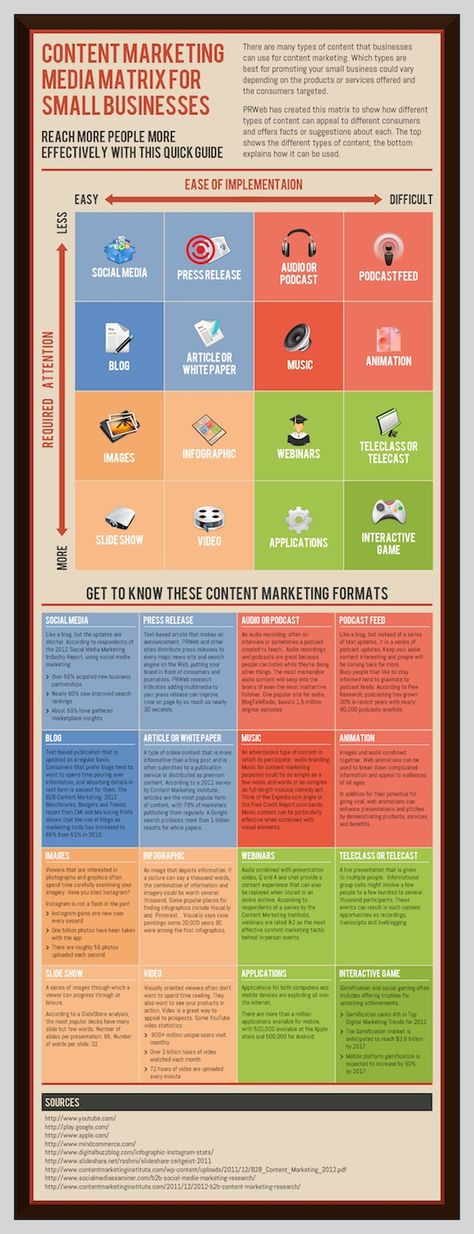
A large retailer has a larger audience of subscribers, so posts are released every day and several at a time. Of course, we also publish more stories, but the audience does not support games and all sorts of activities. But selections of products (and the products themselves) are often saved in posts, ”- Anastasia Kravtsova, SMM specialist and fashion photographer .
As a result :
- For a small store - 1 post every other day, from 3 stories per day.
- For a large store - 2 posts per day, from 6-10 stories per day.
Organizations
Organizations, institutions or public spaces often form the feed like a poster - informing subscribers about important events and events. Or simply inform about their work and activities.
“We at Inostranka have come to publish one post a day, six days a week. This is due to the fact that, on the one hand, we want to show the life of the library to our readers as many-sided as possible (its “kitchen”, funds, archives, spaces), and on the other hand, we do not want to take content “from the ceiling”.
We respect our readers, we understand that they are busy people, and there is more and more information on the Internet - and very often it is quite the same type. Sometimes abundant posting enhances the uniqueness of the account, and sometimes the opposite. In some areas, it allows you to save information content, while in others, quantity harms quality and originality.
As for books and librarianship, it can sometimes take quite a lot of time to prepare a publication, because you need to carefully read the book, look up the archives (if we are talking about the history of the library), and study the context.
It seems to us that if we posted more often, then readers would stop seeing “Foreigner” in our publications, but would begin to perceive our account as another book blog.”
Content does not have to be released according to the content plan, especially if a special project or special promotion begins ( Valentine's Day post ) “We almost always stick to the content plan, but sometimes we take liberties - for example we prepare special projects for the holidays or publications dedicated to current news events.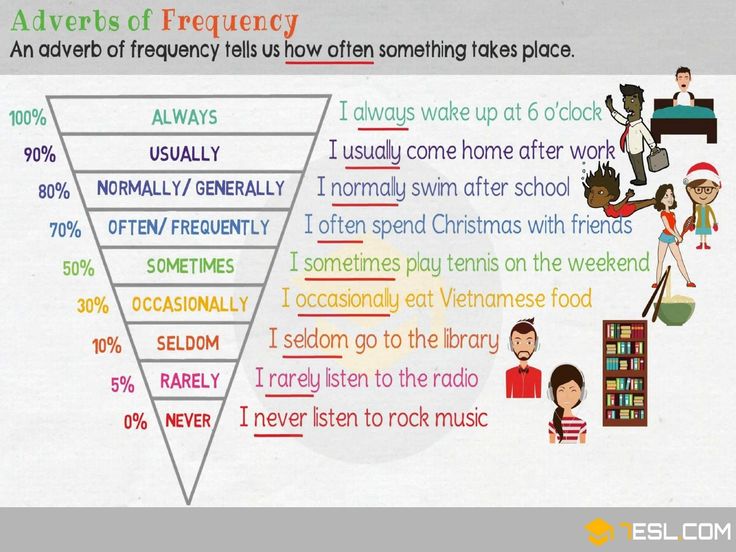
Such periodic headings perfectly show the reader that the book is relevant everywhere and always (for example, literary heroes can suggest an idea for a gift for Valentine's Day), and this is the main task of our account, ”- Katerina Denisova, Leading Methodologist of the Department of public relations and editorial office of the website of the Library for Foreign Literature .
Total : 1 post per day, stories - periodically.
In conclusion
The above examples are not clear rules that all accounts in these niches need to follow. As you can see, each page on Instagram* has a different approach: some post often, some don't. Somewhere a bet is made on stories, and somewhere on posts. This leads to a simple conclusion: you can post often if you manage to make high-quality and unique content every time that will resonate with the audience.
Through a single "statistics center" you can view the selected account data and draw conclusions about the frequency of posting Try different posting frequencies and look at the reaction of the audience. You can view the data in the statistics of Instagram itself* or use the DataFan interactive dashboard service - connect your Instagram account*, set up indicators on the board and follow the statistics in real time from any device. Read more in our article “How to create SMM dashboard reports for large clients and quick analytics”.
You can view the data in the statistics of Instagram itself* or use the DataFan interactive dashboard service - connect your Instagram account*, set up indicators on the board and follow the statistics in real time from any device. Read more in our article “How to create SMM dashboard reports for large clients and quick analytics”.
Rules for publishing content on social networks - when to post and how much
Today we will analyze a seemingly ordinary question. How much and where? And indeed, it is ordinary only at first glance, because in fact the number of posts must be measured depending on the specifics of the account and its goals.
But there is one important rule for all accounts and for all social networks.
Post when you really have something to say. When Your Content Isn't Sucked Out of Your Finger.
If you have a brand account
In this case, it is important not to overdo it, but still stay in touch with customers or potential customers. It's cool to catch that balance when subscribers are waiting for your posts. Because you have already established yourself as a useful and beautiful account.
It's cool to catch that balance when subscribers are waiting for your posts. Because you have already established yourself as a useful and beautiful account.
To do this, you need to carefully work out the content. But that's another story. Let's talk about quantity. It is generally accepted that on Instagram* you need to publish once a day. This just allows you to stay in sight and at the same time not really bother network users. But I'll tell you, it's unlikely that anyone will be upset about skipping one day if you don't have great content. And also, no one will be angry if you have accumulated two important newsworthy events in a day that are worth talking about.
Popsters conducted an audience survey in 2019 and found out that Instagram* accounts with over 100k followers generally publish two posts a day, and one with less than 100k followers. At the same time, the involvement in the post is the same for all types of accounts - the recommendation system of the social network affects.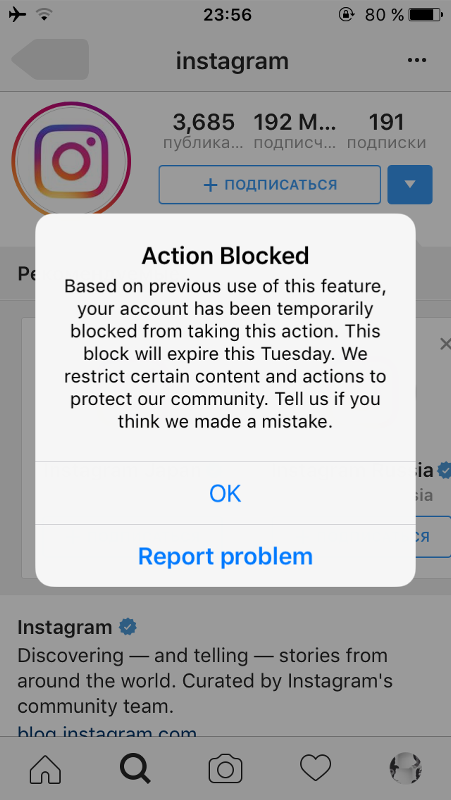
In general, Instagram*: 1-2 posts per day. We skip when there is nothing to say. The main thing is that the photos are beautiful, of high quality, at the professional level.
VKontakte: Once a day, but you can skip it. The posts are more informative: life hacks, useful data, etc.
Facebook*: A couple of times a week, preferably with reference to the news agenda.
If you plan to seriously engage in promotion in social networks, we recommend reading: "Where to study as an SMM specialist: recommendations and courses."
If you run a business account
For small and medium businesses that run social media accounts, the rules are about the same: post once a day or even less often. On Instagram*, stories are important for business – through them, you can effectively communicate about promotions, discounts, sales, and other promotional activities. The feed is best used for publishing entertaining, engaging or informational content.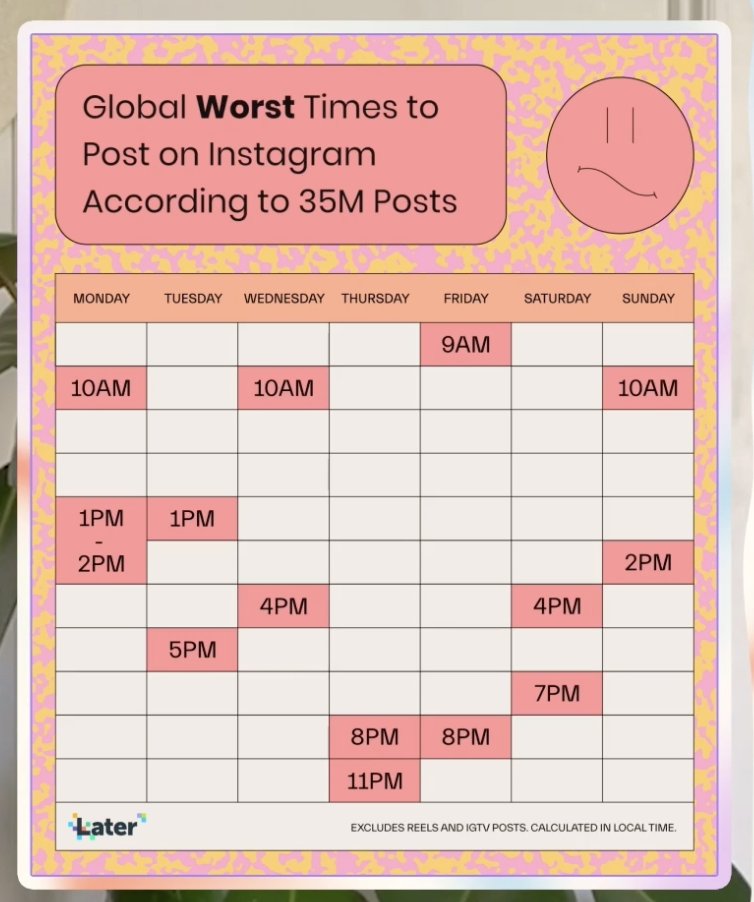
Anastasia Kravtsova, SMM specialist
How many stories to make per day? No need to chase the quantity and shoot stories "on the knee" if only they were. The best thing is at least 2-3 stories per day. Better - 5-7.
If there is an informational reason, you can do more. But I recommend not posting everything at once. It should not be that you went to Instagram *, uploaded 5 stories at once and forgot. User engagement is better when there is time between stories. This applies to stories with information, the sale of additional or basic services, finished products or works.
We often open Instagram* and business, in order to be in sight, it is best to constantly flicker in the line above, where the red circles of stories are lit. If you post everything at once, then they can quickly scroll through everything and on the same day, when the user opens Instagram again*, you will not be in sight.
Therefore, stories need to be distributed correctly for the day and posted every hour or two. If some event occurs on the territory of the business, then no one forbids you to post often and a lot.
Total: we understand the context, we inform our subscribers, but we don’t load it.
Instagram*: once a day or less. We actively use stories.
VKontakte: once a day or less. Posts are better to publish more detailed and on broad topics. Humor and memes are great too.
Facebook*: several times a week. Ideal - only expert materials.
See also: Content Matrix Guide: Effortless Topic Generation.
If you have a media account or city public
If your activities overlap with the news or you take on the role of the media, the rules are different for you. In order to answer what they are, I analyzed dozens of information accounts like CLIQUE.
CLIQUE publishes pop culture posts 24 hours a day For example, almost every city has a "Typical (insert city name)" account.
This is due to the fact that information must be submitted according to newsworthy events. And on a day of news, there can be a lot, and it is important for informational publics to work out and talk about everything that the audience lives by (in our case, the city). Therefore, various news publications usually grow quickly and attract subscribers. But, engagement under posts and general interest may fall.
Popsters research confirms this data: the greater the number of followers, the lower the engagement per post, but the higher the total engagement per day. So, on VKontakte, communities with an audience of more than 100,000 people publish up to 22 posts a day, get maximum engagement per day, but less per post. Small communities have the opposite situation: there are few posts, the overall involvement is low, but each post is like a holiday. There is only one conclusion: you can “take” both quantity and quality.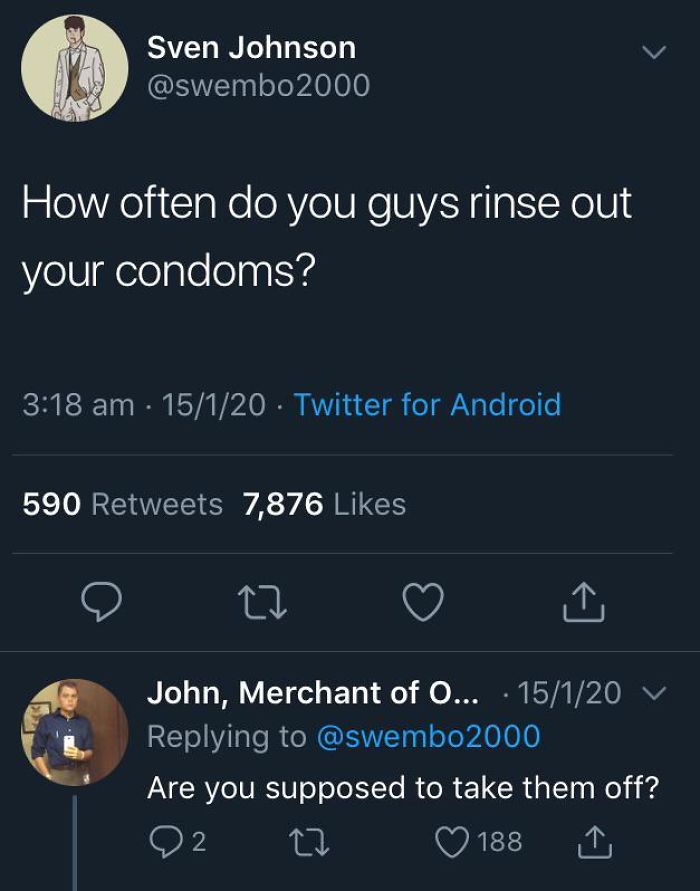
Instagram*, Facebook*, VKontakte: up to 20 posts per day.
Read also: How to adapt to the algorithms of social networks.
If you develop a personal account
The most subjective approach to personal accounts. I know popular bloggers, one of whom can post 1-2 times a week, but I also know another who posts often, sometimes several times a day.
Let me give you Valery Dolgova as an example. She doesn't post photos very often on Instagram*. And this allows her to maintain a certain image of mystery.
Instagram* Valeria DolgovaHer opponent in this regard is Sasha Zharkova. She posts one, sometimes two photos a day, as well as many stories. This amount of content completely immerses subscribers in her life.
Instagram* Sasha ZharkovaBased on the analysis of popular bloggers, you can measure the average "temperature in the hospital":
Instagram*: once a day.
Facebook*, VKontakte: 1 time in several days.
Best time to post content on social media
We answered the question "how much" to post optimally for different types of accounts, now let's figure out - "when" it is better to post.
Top tip: keep track of your publication statistics. For example, in the DataFan service, you can see user engagement by day of the week and time of day for a certain period of time.
Of course, to collect statistics, you need to post regularly - it is difficult to collect reliable data in a weekIn the meantime, you can look at someone else's experience. Sprout Social conducted a study and collected data on the best time to post on social networks in 2021. They studied statistics from more than 20,000 of their customers to find out when users interacted with content the most and least often, broken down by platform and industry.
The service does not work with VKontakte, and accordingly there is no data on the time when it is better to post on VK in the report.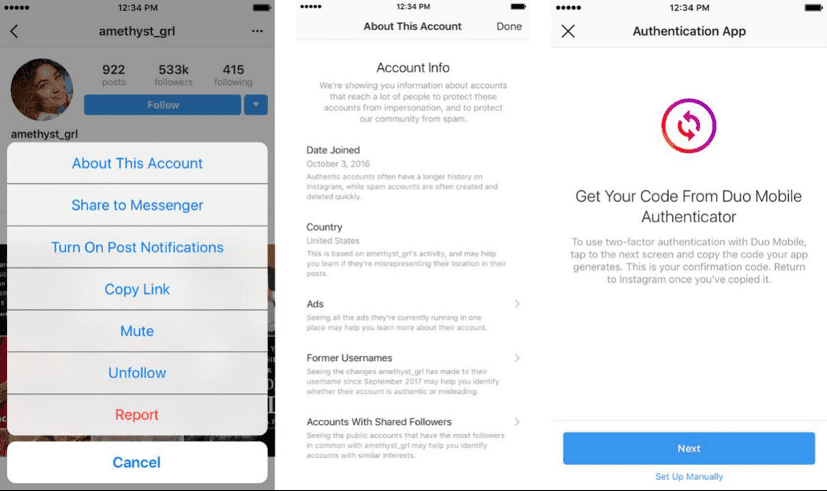 But there is Facebook* and Instagram*.
But there is Facebook* and Instagram*.
Note that best posting times on any platform are always averages. It all depends on the audience. For example, schoolchildren are not very comfortable using social networks when they are in class.
Best time to post content on Facebook*.
Given Facebook*'s status as the world's most popular social network, it's no wonder it's active almost around the clock- Best time: Tuesday, Wednesday and Friday from 9:00 to 13:00.
- Best days: Tuesday, Wednesday, Friday.
- Worst day: Saturday.
Best time to post content on Instagram*.
Instagram* is not far behind Facebook*. No wonder it is being developed as a platform for promoting brands, regularly introducing new business opportunities- Best time: Tuesday from 11:00 to 14:00, Monday to Friday from 11:00.
- Best day: Tuesday.
- Worst day: Sunday.
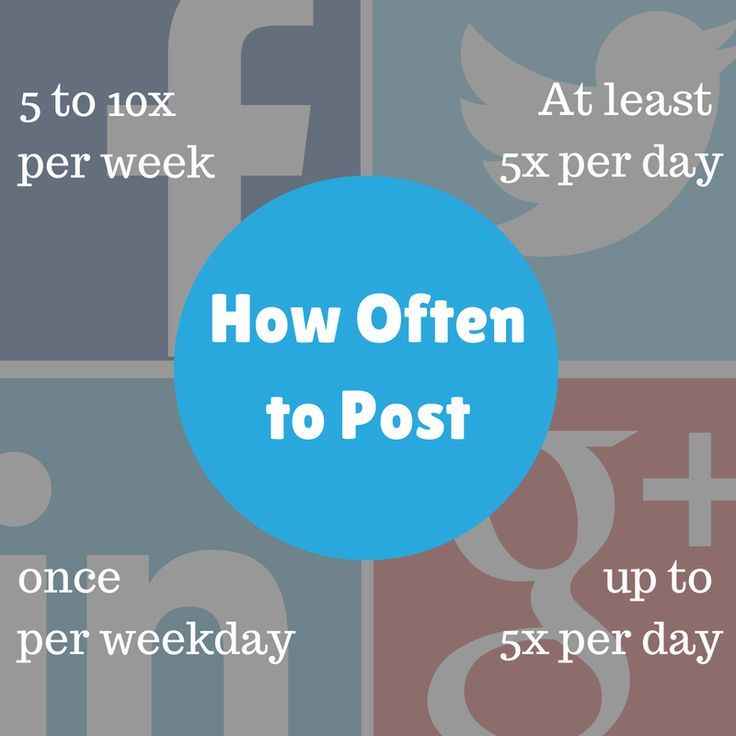
The best time to publish content on social networks by industry
Sprout Social also studied how engagement of the audience on Instagram* and Facebook* changes on the pages of different brands, at different times and days of the week.
Health and beauty
In 2020-21, medical topics have become much more popular on social networks due to quarantine measures. Educating and informing the audience are key priorities for a successful promotion strategy for healthcare companiesBest time to post on Facebook*.
- Best time: Monday to Friday at 11:00.
- Best day: Tuesday.
- Worst day: Sunday.
Best time to post on Instagram*.
- Best time: Sunday 8 am to 9 am, Tuesday 8 am to noon and 5 pm to 8 pm.
- Best days: Monday, Tuesday.
- Worst day: Saturday.
media, brand media
On Facebook*, the audience likes to get news early in the morning The best time to post on Facebook*.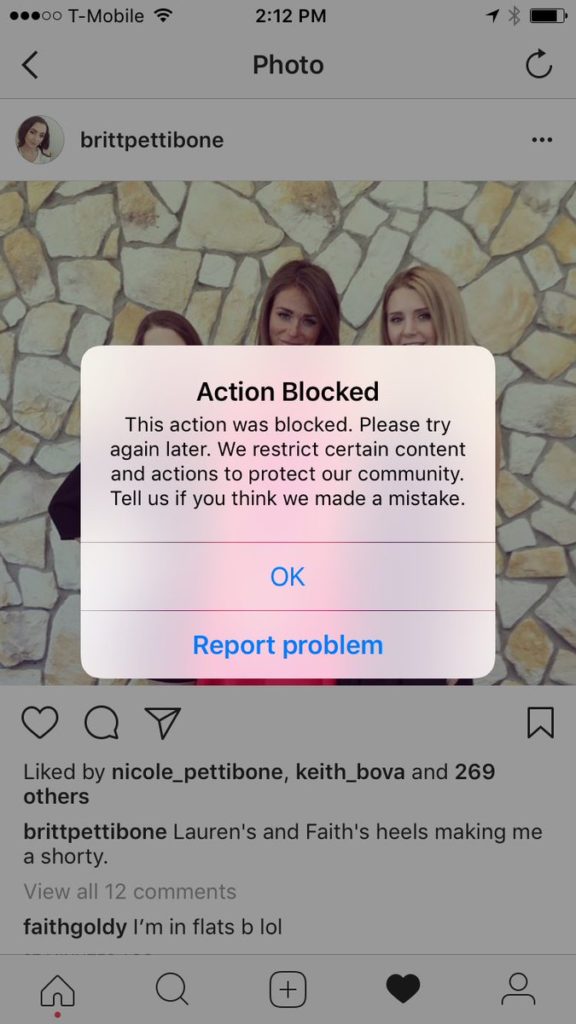
- Best time: Friday 7 am, Tuesday 6-9 am.
- Best days: Tuesday, Wednesday, Friday.
- Worst day: Saturday.
Best time to post on Instagram*.
- Best time: Tuesday from 13:00 to 17:00, Wednesday 11:00, Thursday 8-9:00.
- Best days: Tuesday, Wednesday, Thursday.
- Worst day: Sunday.
Education
Many online education companies will need to manage multiple social media accounts to effectively target different audiences at the right timeBest time to post on Facebook*.
- Best time: Wednesday and Thursday at 10 am.
- Best days: Tuesday, Wednesday.
- Worst day: Sunday.
Best time to post on Instagram*.
- Best time: Friday 4-5am, Thursday 2pm.
- Best day: Friday.
- Worst day: Sunday.
Entertainment communities
High activity during regular business hours.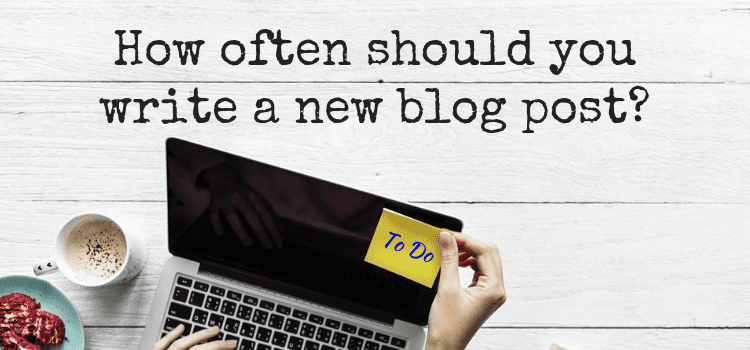 It is almost difficult to identify the peak :) This once again speaks about the benefits of different types of content for audience engagement
It is almost difficult to identify the peak :) This once again speaks about the benefits of different types of content for audience engagement The best time to post on Facebook*.
- Best time: Wednesday from 10:00 to 17:00.
- Best day: Wednesday.
- Worst day: Saturday (negligible difference).
Best time to post on Instagram*.
- Best time: Wednesday from 10:00 to 18:00.
- Best day: Wednesday.
- Worst day: Sunday.
Restaurants
Instagram* showed a more active audience, and - all week roundThe best time to post on Facebook*.
- Best time: Monday at noon, Friday from 13:00 to 14:00.
- Best day: Friday.
- Worst day: Sunday.
Best time to post on Instagram*.
- Best time: Monday from 9:00 to 13:00.
- Best day: Monday.
- Worst day: Saturday.
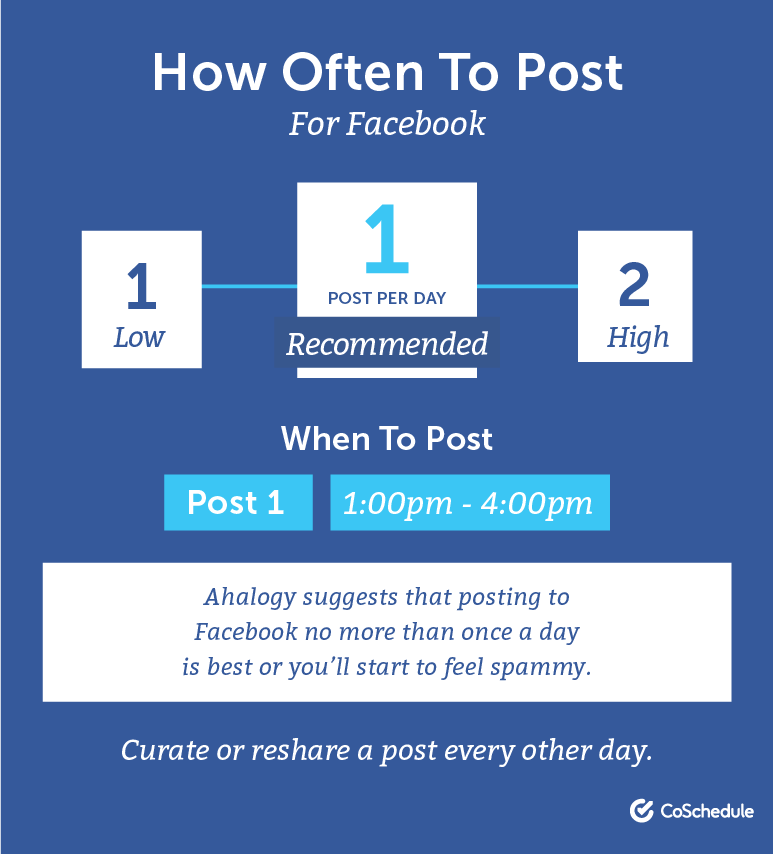
Technology
On Instagram*, the audience is very interested in technology topics. Most peak periods recordedBest time to post on Facebook*.
- Best time: Thursday 15-16 hours.
- Best day: Tuesday, Thursday.
- Worst day: Sunday.
Best time to post on Instagram*.
- Best time: Monday 10am-11am, 2pm-5pm, 8pm, Tuesday 10am-1pm, Thursday noon, Friday 11am.
- Best day: Monday.
- Worst day: Sunday.
Travel and tourism
Travel restrictions and lockdowns in 2020-21 affected travel agency revenues but not user interest in TopicBest time to post on Facebook*.
- Best time: Tuesday and Wednesday from 9:00 to 13:00, Friday from 10:00 to 12:00.
- Best day: Wednesday.
- Worst day: Sunday.
Best time to post on Instagram*.
- Best time: Thursday 7:00, Monday 11:00-15:00.
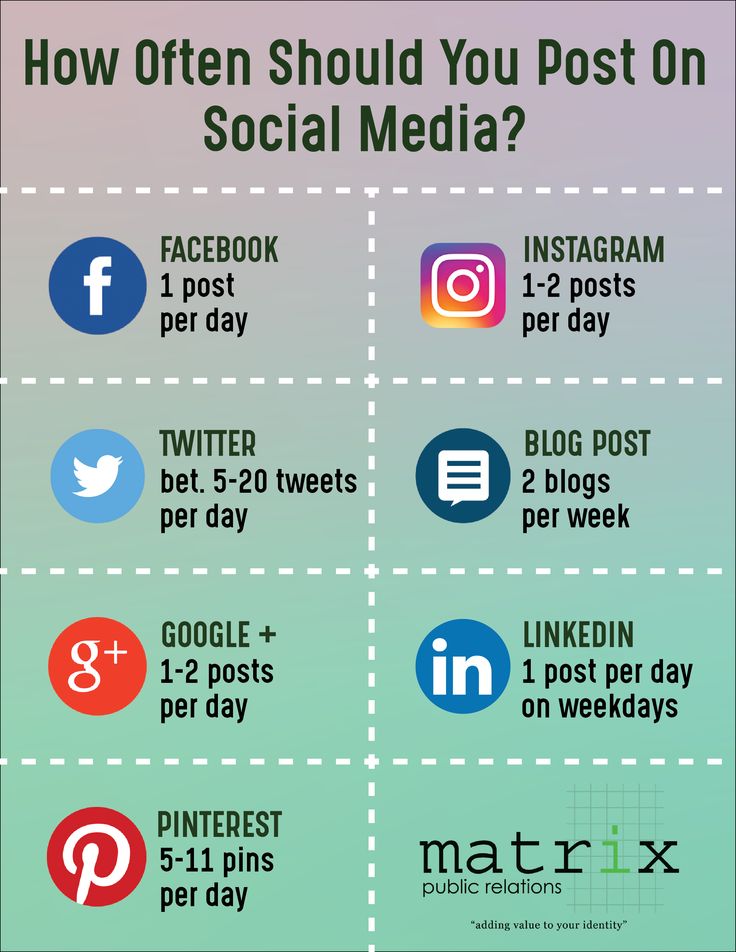
- Best day: Thursday.
- Worst days: Saturday, Sunday.
Hospitality
It is desirable for the hotel business to promote brand pages in different social networks in order to reach different audiencesThe best time to post on Facebook*.
- Best time: Monday at 11:00, Friday 8-11:00, Monday, Tuesday and Thursday at 16:00.
- Best day: Friday.
- Worst day: Sunday.
Best time to post on Instagram*.
- Best time: Wednesday at noon, Thursday from 15:00 to 16:00, Friday from 08:00 to 12:00.
- Best day: Friday.
- Worst day: Sunday.
Read also: Analyzing content: learning from our mistakes.
Summary
The right number of posts and a well-chosen posting time is perhaps the smallest component of a successful account. Content is important, its uniqueness, beauty. The mood with which you communicate with subscribers is important.